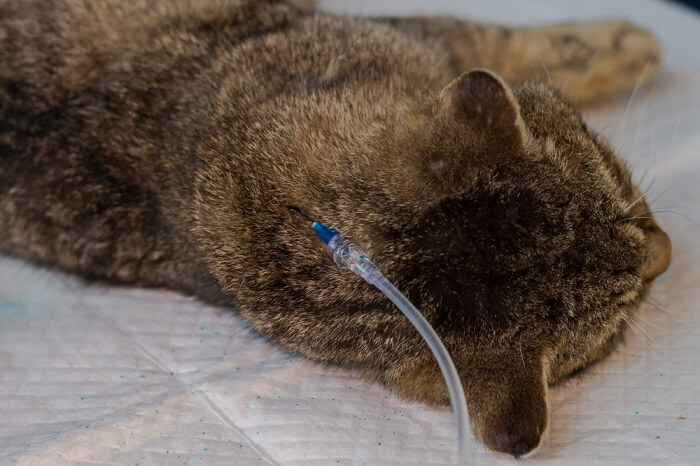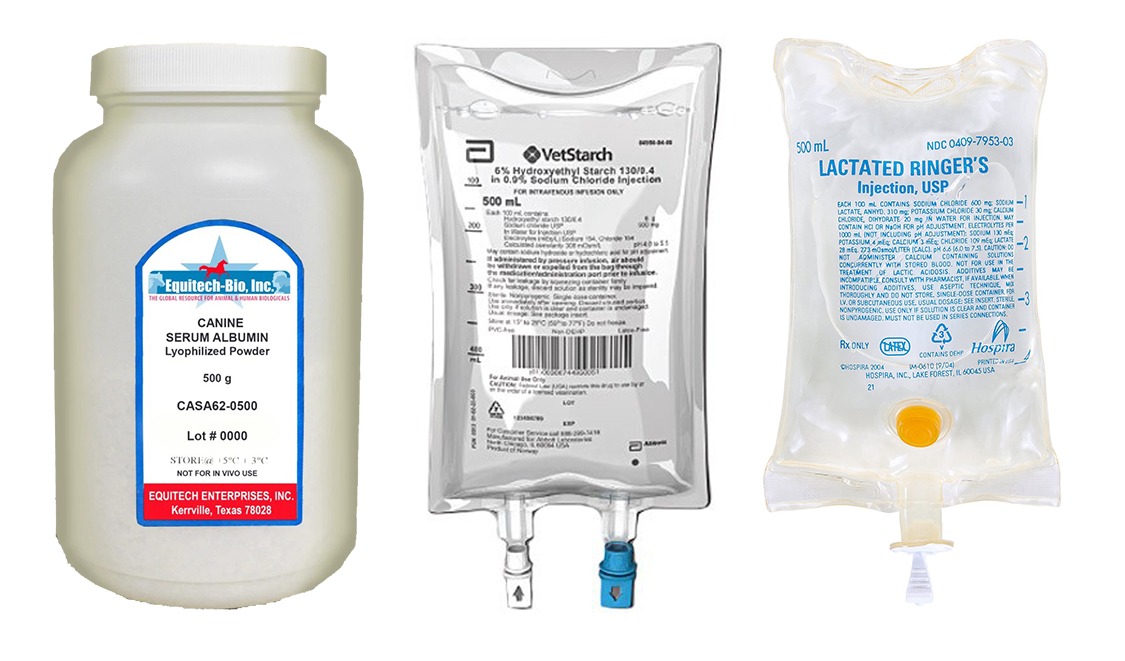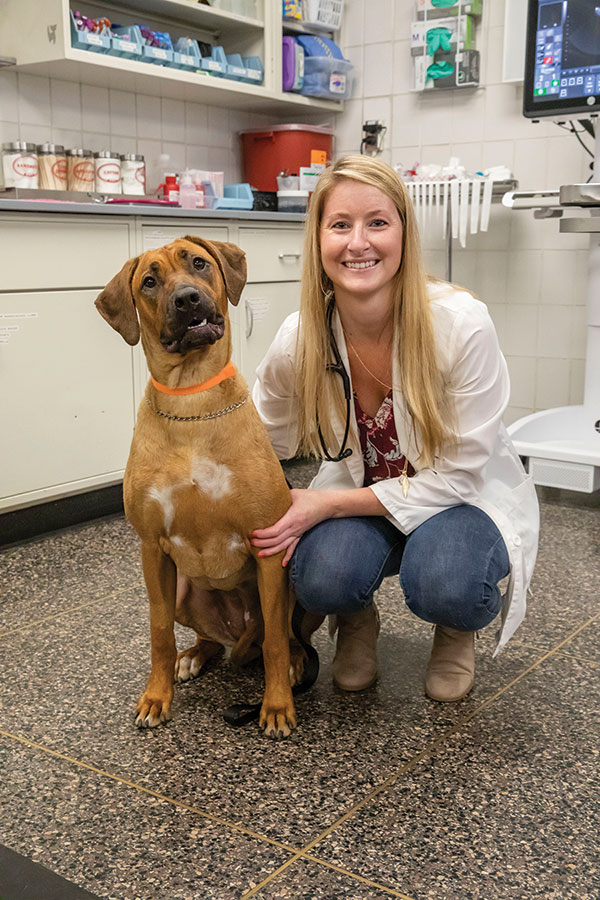Roads & PavementRoads & Pavement
Barefoot
Minimal
Low
Medium
High
Maximal
All around running shoes offer comfort and cushioning for daily runs, jogs, walks, and long mileage. They offer enough versatility for both faster and slower runs and are a great option for those who want one running shoe to do it all.
Fast run or uptempo running shoes are lightweight and responsive. They offer streamlined designs that have minimal uppers and offer a high level of energy return. These shoes are a great option for faster runs in the week or those looking for a livelier experience.
Max Cushion shoes offer premium cushioning with ample ground protection and a stable ride. These types of shoes provide abundant impact protection that softens landings while running at any pace or distance. These types of shoes are best for slower recovery runs and easy days where comfort takes priority.
Racing shoes are designed with optimal performance in mind. These types of shoes have snug-fitting uppers, energetic midsole foams, and features implemented for maximum efficiency. These types of shoes are best for runners looking to gain the ultimate advantage in races but may sacrifice some durability and comfort.
Gym Workout shoes offer a stable and versatile ride. They have a firmer underfoot feeling that provides stability for lateral movements with comfortable uppers. These types of shoes are best for trips to the gyms, cross training, casual wear, and light running. Five Reasons Veterinarians Love Fluid Therapy The Animal Medical
Road running shoes feature smooth outsoles that are designed for running on paved surfaces such as roads, sidewalks, and bike paths.
Designed to handle most trail runs, these shoes prioritize comfort and a smooth ride. These shoes are great for anything from smooth singletrack, park trails, and fireroads making them ideal for those who run from their doorstep on streets before hitting the trail.
These shoes are best used for hard, rugged trails such as shale, granite or sandstone where grip on smooth surfaces and underfoot protection are important.
Designed for use in muddy, soggy conditions, these shoes feature very aggressive outsoles that dig deep into soft ground for exceptional traction.
These shoes feature technical outsoles designed to grip snowy and icy trails making them ideal for winter trail running.
Cushioning level, or stack height, refers to how much shoe is between your foot and the ground. For this category, we reference the amount of cushioning below the forefoot as the heel height will be equal to or greater than the forefoot height.
Simon getting IV fluids to help with the dehydration. The IV is
0-13mm. The Shoe generally does not have a midsole and feels like there is no cushioning. This shoe is all about feeling the ground underfoot.
14-18mm. The shoe has a thin midsole that allows for a natural running experience. Racing shoes and minimalist shoes are common here. These shoes offer a feeling of being connected to the road or trail.
19-23mm. The shoe has a slightly cushioned feel and may feature added cushioning technologies. Performance training shoes and some trail shoes are common here. These offer protection during footstrike but prioritize a lightweight, grounded experience.
24-28mm. These shoes have a stack height that fall near the middle of the spectrum.The shoes in this category are verstaile and great for all types of runs and distances.
29-34mm. The shoe has a thick midsole and ample cushioning. These shoes are highly protective and absorb more impact than the body.
35mm plus. The shoe has an extremely thick midsole and extra cushioning. The focus is on protection and soft foam underfoot with hardly any ground feel.
Neutral shoes support the foot through a normal range of arch collapse and generally do not have a built-in technology to correct movement.
Stability shoes are a great option for those who overpronate or need added support. These shoes help to limit the inward rolling motion of the ankle while running or walking and assist in guiding the foot straight through the gait cycle. Current Concepts in Fluid Therapy MSPCA Angell
Product Details:
How to Treat and Prevent Cat Dehydration at Home PetPlace hotsell, Giving Your Cat IV Subcutaneous Fluids at Home With Photos hotsell, Considerations for Creating a Fluid Therapy Plan Veterinary hotsell, Iv Fluids For Cat Dehydration safewindows hotsell, Current Concepts in Fluid Therapy MSPCA Angell hotsell, Simon getting IV fluids to help with the dehydration. The IV is hotsell, Five Reasons Veterinarians Love Fluid Therapy The Animal Medical hotsell, Fluid Therapy for Cats Cats hotsell, FLUIDTHERAPY hotsell, Iv Fluids For Cat Dehydration safewindows hotsell, Fluid Therapy in Hospitalized Patients Part 1 Patient Assessment hotsell, How to Check Cats for Dehydration 6 Must Know Signs hotsell, Fluid Therapy The Animal Medical Center hotsell, How to Give Subcutaneous Fluids to Your Pet Boulder Holistic Vet hotsell, How to Administer Subcutaneous Fluids Chappelle Veterinary Clinic hotsell, Frontiers Effects of IV Fluids in Dogs and Cats With Kidney Failure hotsell, Fluid Therapy hotsell, How to Administer Subcutaneous Fluid hotsell, Subcutaneous Fluids for Young Kittens Kitten Lady hotsell, How to Give Subcutaneous Fluids to Your Elderly Cat hotsell, Can a cat survive for a week only on subcutaneous fluids Quora hotsell, How to Give Subcutaneous Fluids to a Cat at Home hotsell, Intravenous Fluid IV Fluids Therapy in Cats hotsell, Here s How to Tell if Your Cat is Dehydrated in Boston MA and How hotsell, How to Give Subcutaneous Fluids to Your Cat at Home YouTube hotsell, Giving Your Cat IV Subcutaneous Fluids at Home With Photos hotsell, Subcutaneous Fluids for Pets 101 PetMD hotsell, Giving subcutaneous fluids to cats an owners guide hotsell, How to Give Subcutaneous Fluids to Your Pet Boulder Holistic Vet hotsell, How to Give Subcutaneous Fluids to a Cat at Home hotsell, Giving Your Cat IV Subcutaneous Fluids at Home With Photos hotsell, How to give subcutaneous fluids to your cat International Cat Care hotsell, How to Give Subcutaneous Fluids to Your Elderly Cat hotsell, Why Should My Pet Receive IV Fluids During Surgery Bellevue hotsell, Subcutaneous Fluids for Pets 101 PetMD hotsell, How to Give Subcutaneous Fluids to a Cat at Home hotsell, Fluid Therapy in Hospitalized Patients Part 1 Patient Assessment hotsell, Subcutaneous Fluid Administration hotsell, Fluid Therapy for Cats Cats hotsell, Considerations for Creating a Fluid Therapy Plan Veterinary hotsell, Fluid Therapy in Hospitalized Patients Part 1 Patient Assessment hotsell, Iv Fluids For Cat Dehydration safewindows hotsell, How to give subcutaneous fluids to your cat International Cat Care hotsell, Subcutaneous Fluids for Pets 101 PetMD hotsell, Iv Fluid Given Unconscious Dehydrated Feline Stock Photo 581772127 hotsell, Subcutaneous Fluids for Pets 101 PetMD hotsell, Dehydration in Cats Symptoms Causes Diagnosis Treatment hotsell, How to give subcutaneous fluids to your cat International Cat Care hotsell, Fluid Therapy for Cats Cats hotsell, Subcutaneous Fluids for Young Kittens Kitten Lady hotsell, Product Info:
Iv fluids for cat dehydration hotsell.
- Increased inherent stability
- Smooth transitions
- All day comfort
Model Number: SKU#7421692





